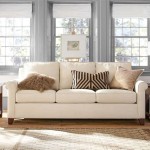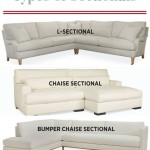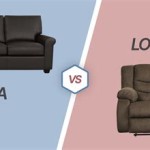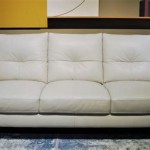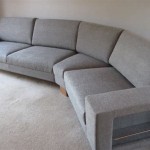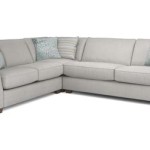Can You Put a Normal Sofa in a Conservatory?
Conservatories, with their abundance of natural light and connection to the outdoors, have become increasingly popular additions to homes. The ability to extend living space while enjoying the beauty of nature makes them a desirable feature. However, when it comes to furnishing a conservatory, questions arise about the suitability of traditional indoor furniture. One common query is whether a standard sofa can be placed in a conservatory.
The answer, while not a simple yes or no, depends on several factors, including the conservatory's construction, its location, and the type of sofa being considered. This article will explore the nuances of placing a normal sofa in a conservatory, presenting a comprehensive guide to help you make an informed decision.
Factors to Consider:
Several factors must be taken into account when deciding if a normal sofa is appropriate for your conservatory. These include:
1. Conservatory Construction: The type of conservatory construction plays a significant role in determining the suitability of a sofa. Conservatories come in various styles, ranging from traditional Victorian conservatories with glass roofs and walls to more modern designs incorporating insulated panels.
Conservatories with a high proportion of glass, particularly those with uninsulated roofs, tend to experience significant temperature fluctuations. During summer, direct sunlight can create a greenhouse effect, making the conservatory extremely hot. Conversely, during winter, the lack of insulation can lead to a drop in temperature, making it uncomfortable for sitting on a standard sofa.
2. Conservatory Location: The location of your conservatory can also influence its suitability for a sofa. Conservatories situated on the south-facing side of a house will receive more direct sunlight, potentially leading to increased heat build-up. In contrast, conservatories located on the north side will generally experience cooler temperatures.
3. Sofa Type and Material: The type of sofa you choose will also affect its suitability for a conservatory environment. Some materials are better suited to handling the changing temperatures and potential moisture than others. For example, a leather sofa might be more susceptible to cracking or fading in direct sunlight compared to a fabric sofa.
4. Conservatory Use: Consider how you intend to use your conservatory. If it serves primarily as an extension of your living space, a comfortable sofa is likely a welcome addition. However, if you primarily use it for gardening or dining, a sofa might be less necessary.
Alternative Options:
If the factors mentioned above suggest that a traditional sofa might not be the ideal choice for your conservatory, consider exploring alternative options. Some alternatives include:
1. Outdoor Furniture: Outdoor furniture, often made from materials like wicker, teak, or aluminum, is designed to withstand the elements. This type of furniture is typically more resistant to fading, water damage, and extreme temperatures.
2. Conservatory-Specific Furniture: Several furniture manufacturers specialize in creating furniture designed specifically for conservatories. This furniture often features materials resistant to ultraviolet light and moisture while blending aesthetic appeal and functionality.
3. Soft Furnishings: If you decide to incorporate a sofa into your conservatory, consider adding soft furnishings to create a cozy and comfortable space. This might include rugs, throws, and cushions to provide warmth and insulation.
Tips for Creating a Comfortable Conservatory:
Regardless of your chosen furniture, creating a comfortable conservatory space requires addressing potential issues like temperature regulation and sunlight control.
1. Temperature Regulation: Use appropriate curtains, blinds, or shades to control the amount of sunlight entering the conservatory. Consider installing a fan or air conditioning unit to regulate the temperature, particularly during summer.
2. Insulation: If your conservatory is poorly insulated, consider adding insulation to the roof and walls. This will help to maintain a more comfortable temperature throughout the year.
3. Sun Protection: Protect your furniture from the sun's harmful rays by using UV-resistant coverings or strategically placing furniture away from direct sunlight.
By carefully considering the factors mentioned above and exploring available options, you can create a beautiful and comfortable conservatory that seamlessly integrates with your home's living spaces.

Can You Put A Normal Sofa In Conservatory Just Furniture

Tips For Decorating Your Conservatory Chesterfield Sofa Company Blog

What Furniture Looks Best In A Conservatory

Extend Your Living Space With These Conservatory Styling Tips The Original Chair Company

Extend Your Living Space With These Conservatory Styling Tips The Original Chair Company

What Is The Best Furniture For A Conservatory Just

What Furniture Should I Have In My Conservatory

Conservatory Furniture Ideas Designs To Elevate Your Garden Room

What Furniture Should I Have In My Conservatory

Conservatory Furniture Ideas Designs To Elevate Your Garden Room

